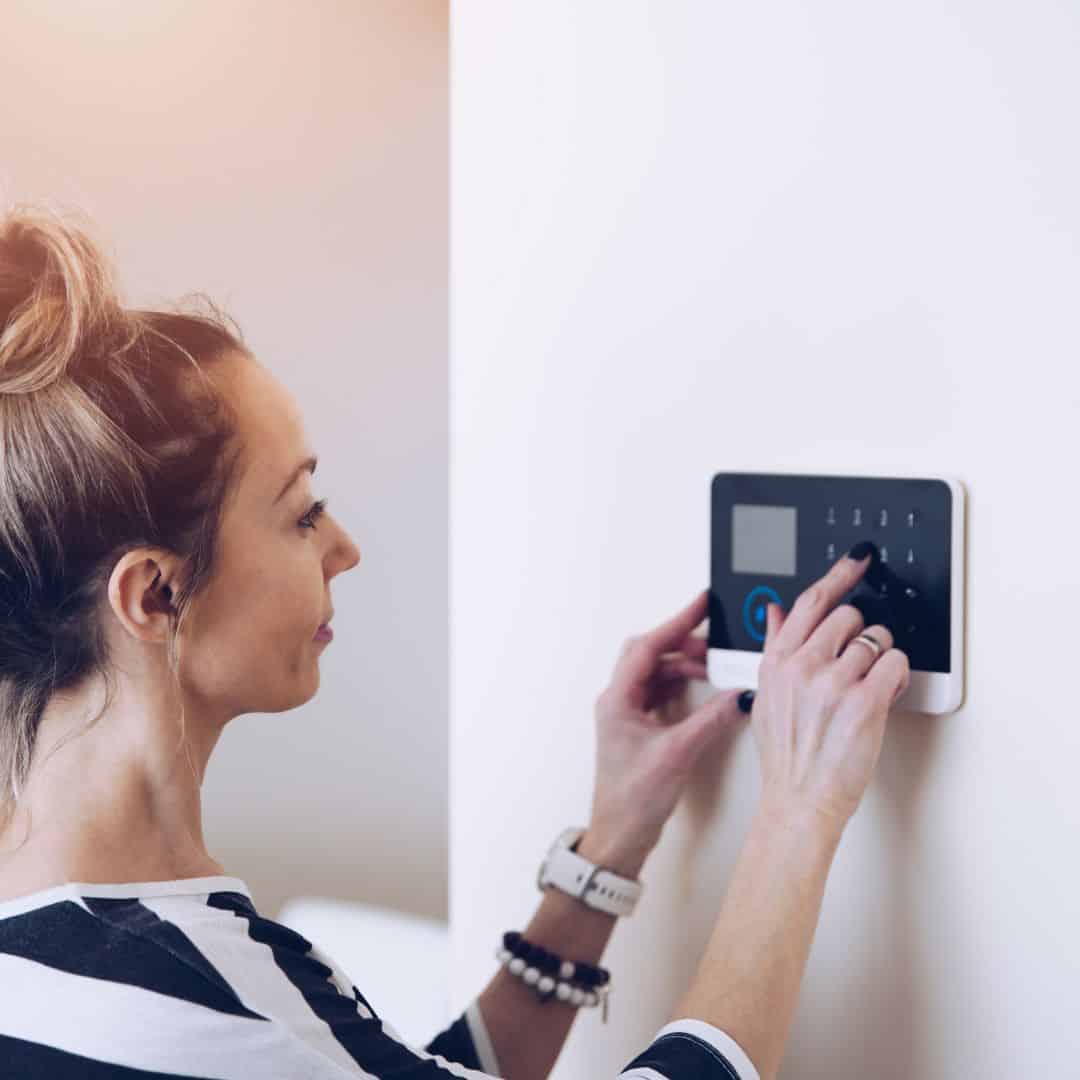The 5 most common types of home alarm system

Even with so many of us spending more time at home in recent months, a home security system is an investment you will never regret making in the value and safety of your home.
A burglar is statistically three times as likely to break into a home that doesn’t have a security system, so even if it never gets used for its intended purpose it’s still the most effective deterrent on the market.
One of the most vital components of any home security system is the alarm which is triggered when an intruder is detected.
But how many different types of home alarm systems are there and which one will be the right fit for your home and your family?
Electric current alarms
These alarms are as basic as it gets. They are triggered when someone enters or exits a property. It’s the kind of intruder alarm system you’ll see in a typical corner shop.
When the door or window is open, the current is steady and the alarm is silent but when the door or window is open the current is interrupted and the alarm (most often a short sharp beep) is triggered. For obvious reasons, this is an impractical option for most homes.
Wired alarms
Wired security and alarm systems rely on a landline phone connection and send alarm signals directly to a remote monitoring centre.
When the alarm is triggered, the signal is sent through the landline two the monitoring centre and either a security team is dispatched or the police are called. Note – this kind of alarm can be cut or compromised by bad weather.
Wireless alarms
The most common modern burglar alarm system choice for a number of reasons, wireless alarms are operated from a central control panel or smartphone apps (or both).
They rely on sensors that can pick up movement and relay them to users or remote monitors and trigger an alarm. The main benefits of these systems are that they can be integrated into the rest of your smart home solutions (lights, video surveillance etc) and that they are easier and cheaper to install.
Unmonitored alarms
As the name suggests, these are proximity alarms that make a localised noise to alert the neighbourhood of an intrusion. It’s then up to either you to contact the authorities. These are the most inexpensive option and can fill the gap for those in low-risk neighbourhoods.
There are also unmonitored solutions that can send alerts to your phone but there is no certainty that will work, particularly if you’re in an area with poor reception at the time.
Monitored alarms
This is the solution that most people think of when they envision a home security system. This is an alarm system that either automatically contacts the authorities or is being monitored remotely by a team of security experts.
These alarms can be triggered by motion sensors, sounds, auditory sensors or even simply by doors being opened that aren’t supposed to be opened.
There are pros and cons to all alarm types, including price, how intrusive they are in your home on an aesthetic level and what kind of maintenance is required.
What’s important is that you understand what each can offer and that is aligned with your household needs. Because safety and security are always going to be of paramount concern to homeowners and if there’s one thing homeowners appreciate, it’s choice.
